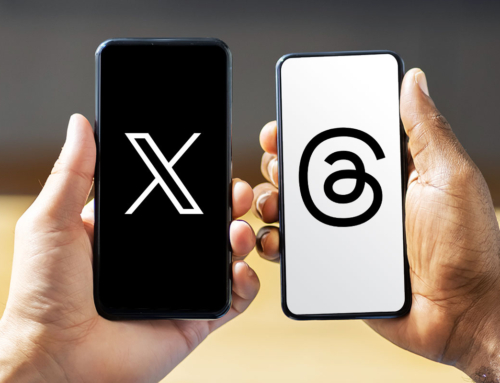Over a year has passed since most businesses shifted their work environments to a virtual format, and yet many business leaders are still figuring out how to keep their employees motivated and energized as they work from a distance.
No matter how many virtual happy hours are scheduled or creative team building exercises are thought up, some employees are still getting burned out, casualties of their work environments and a symptom of what psychologists are calling “Zoom fatigue”. The virtual office space creates a variety of challenges for office morale, and, unfortunately, there isn’t one solution that will work for everyone. Most workforces are comprised of a myriad of different work styles and personality types, and the penicillin for one employee’s Zoom fatigue may create a whole new headache for another.
A Wall Street Journal article by Aili McConnon suggests that Zoom fatigue affects extroverts and introverts differently, and the appropriate remedies for each group differ greatly. According to McConnon, the bodily cues and subtleties of in-person conversations are a part of what makes conversing rewarding for extroverts. Without that positive feedback, extroverts have to work twice as hard to pick up on conversational nuances but receive less satisfaction than they would in-person. On the other hand, one might think that communicating from a distance offers a respite for introverts, but the dynamics of a group Zoom call, an environment that feels more like a presentation and less like a conversation, does quite the opposite. “Speaking before a group rarely comes easily to introverts, who tend to prefer one-on-one conversations,” says McConnon.
Advice for Business Leaders
First, engage with and listen to your employees about their Zoom experience. Consider who on your team is looking for more stimulation and who might be looking for a break, and manage your expectations accordingly. Social calls can be a great way to engage with your more extroverted staff members, but making them mandatory will only serve to tire out your more introverted employees. Try to keep the length of your Zoom calls to an hour or less, and if that’s not feasible, schedule breaks. Most importantly, empower your employees to speak openly about their experience with Zoom burnout, their challenges and the solutions that they’ve found on their own.
Advice for Employees
No one knows your work style better than you, so finding the right solution for your burnout is going to be much more of a personal endeavor than a team-wide undertaking. If you’re an extrovert looking for more social stimulation, emphasize quality over quantity in your Zoom experience. Instead of trying to pack more calls into the day, look for ways to deepen your experiences in the calls you already have scheduled. Maybe that means turning up the volume, using a larger screen and finding new ways within your meetings to engage with your coworkers. Outside of your regular meetings, seek out immersive webinars and networking formats that emphasize user participation.
If you’re more introverted, proactively communicate your aversion when appropriate. Some meetings simply can’t be conducted without face-to-face interaction, but for those that can, a phone call or email exchange may work just as well. There’s no use in tiring yourself out over an interaction that could’ve taken place over email or phone.
Most importantly, and no matter your work style, find opportunities to step away from your screen. Whether your escape is reading the newspaper with a cup of coffee before your morning staff meeting, going for a walk during lunch or enforcing a no-screen rule in the evenings, breaking up your time in front of the monitor is crucial. It is only when we approach our work energized and refreshed that we can be better teammates and problem solvers for our coworkers and clients.








